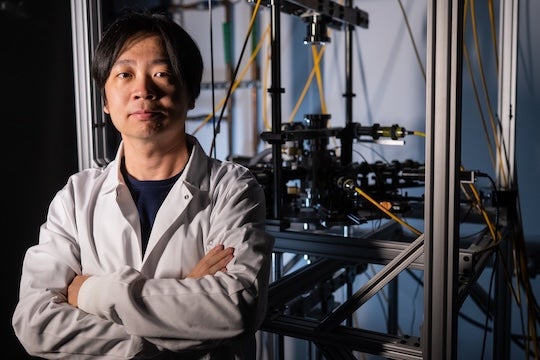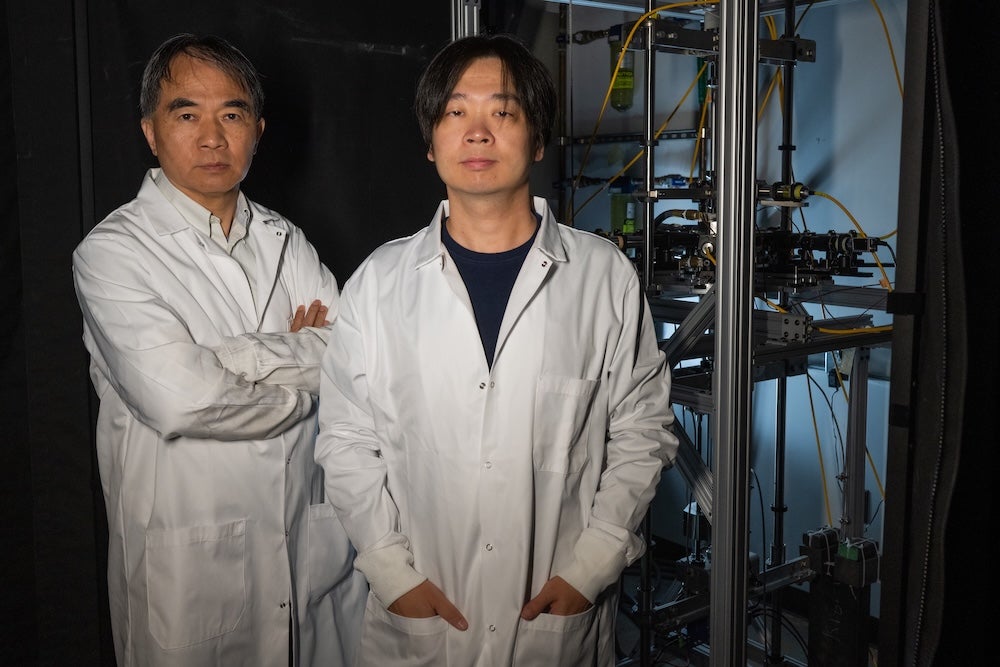An international team of scientists led by Rice University’s Pengcheng Dai has confirmed the existence of emergent photons and fractionalized spin excitations in a rare quantum spin liquid. Published in Nature Physics on June 19, their findings identify the crystalline compound cerium zirconium oxide (Ce₂Zr₂O₇) as a clear, 3D realization of this exotic state of matter.

Long a subject of theoretical intrigue, quantum spin liquids offer promise for revolutionary technologies, including quantum computing and dissipationless energy transmission. By refusing to conform to traditional magnetic behavior, these materials realize emergent quantum electrodynamics via highly quantum-entangled motions of magnetic moments at temperatures near absolute zero.
“We’ve answered a major open question by directly detecting these excitations,” said Dai, the Sam and Helen Worden Professor of Physics and Astronomy. “This confirms that Ce₂Zr₂O₇ behaves as a true quantum spin ice, a special class of quantum spin liquids in three dimensions.”
Experimental clarity in a noisy field
The research team used state-of-the-art polarized neutron scattering techniques to isolate and identify the telltale signs of quantum spin liquid behavior. These tools allowed them to separate magnetic scattering from all other signals, even in the zero temperature limit.
Meanwhile, the measurements enabled them to discover emergent photon signals near zero energy — a key feature distinguishing quantum spin ice from other conventional phases in ordinary magnets. Complementary measurements of the compound’s specific heat provided further support, suggesting that the predicted emergent photons have a dispersion similar to how sound travels in a solid.
Technical noise and incomplete data often hindered earlier efforts to validate such behavior. The Rice-led research team overcame these barriers through refined sample preparation and precision instruments, including international collaboration from major labs in Europe and North America.
A scientific first with a far-reaching impact

Notably, emergent photons and spinons — hallmarks of quantum spin ice — were observed in a 3D candidate material. The researchers’ discovery settles a long-standing debate in condensed matter physics and provides a robust platform for exploring next-generation technologies.
This foundational result validates decades of theoretical predictions, said
“This surprising result encourages scientists to look deeper into such unique materials, potentially changing how we understand magnets and the behavior of materials in the extreme quantum regime,” Gao said.
Co-authors of this study include Félix Desrochers and Yong Baek Kim of the University of Toronto; Rice alumnus David Tam of the Paul Scherrer Institut; Silke Paschen, Diana Kirschbaum and Duy Ha Nguyen of Vienna University of Technology; Paul Steffens and Arno Hiess of the Institut Laue-Langevin; Yixi Su of Jülich Centre of Heinz Maier-Leibnitz Zentrum; and Sang-Wook Cheong of Rutgers University.
The U.S. Department of Energy, the Gordon and Betty Moore Foundation and the Robert A. Welch Foundation supported this study.

